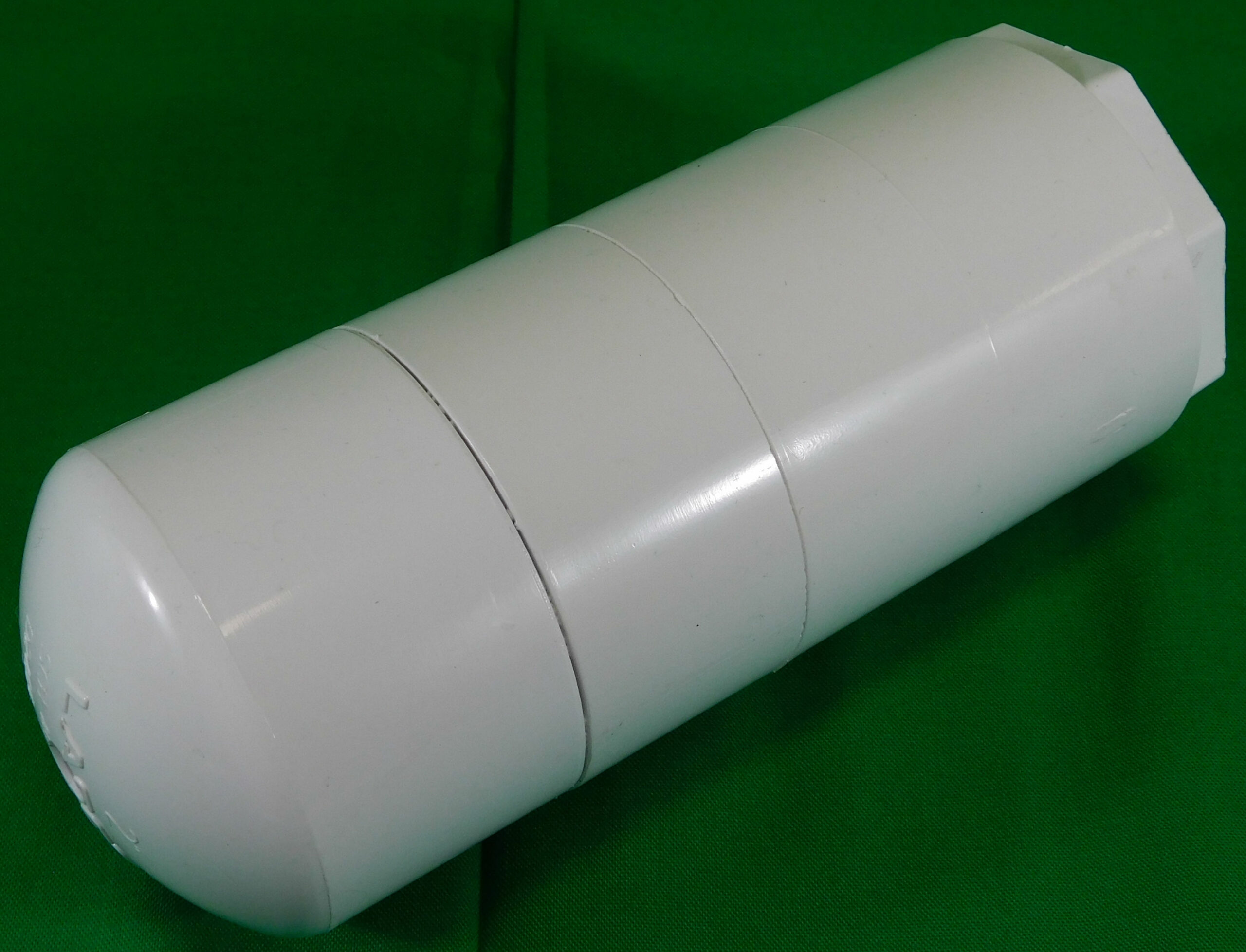Imagine this: you pour yourself a cool glass of water, its pristine clarity beckoning you to take that refreshing gulp. But what if I told you that lurking unseen within that glass could be traces of radiation? It’s a thought that can make anyone pause, isn’t it? The idea that the very elixir of life could contain elements that threaten our well-being is undeniably disconcerting. So, can you filter radiation out of water? Let’s dive deep into this intriguing subject.
To tackle this issue, we first need to understand what we mean by ‘radiation’ in the context of water. Radiation can come from various sources—natural, like radon gas seeping from the earth, or man-made, such as nuclear waste. It encompasses a spectrum of particles and energy waves, which can have differing impacts on health. Not all radiation is created equal, and the key determines how substantially it may affect water safety.
Water contamination by radiation demands our attention for a myriad of reasons. In addition to its human health implications, the presence of radioactive isotopes in water can have significant environmental ramifications. For instance, water supplies can become tainted due to agricultural run-off or industrial discharge, introducing strontium-90 or cesium-137 into ecosystems. The long half-lives of some of these isotopes complicate clean-up efforts, posing challenges that extend far beyond a mere filtration process.
Now, let’s pause for a moment and consider the feasibility of filtering out radiation. Imagine walking into a home improvement store, observing a department filled with filters of every imaginable type. Some filters boast the ability to remove heavy metals, while others claim to purify microscopic pathogens. But can your average water filter truly tackle the unseen enemy of radiation?
The short answer is that it depends on the type of radiation and the specific characteristics of the filter itself. Conventional carbon filters, often found in water pitchers, are excellent for improving taste and removing chlorine but are not equipped to deal with radioactive substances. To address our radioactive dilemma, one must resort to more sophisticated filtration technologies.
The most effective methods for filtering radioactive particles from water generally fall into categories such as ion exchange, reverse osmosis, and distillation. Ion exchange systems use specialized resins that attract and capture charged particles—including certain radioactive isotopes—effectively pulling them from the water. Conversely, reverse osmosis employs a semipermeable membrane, capable of removing a wide array of impurities, including some radioactive elements. Distillation, a process where water evaporates and then condenses, leaves most contaminants, including heavy metals and some radioactive isotopes behind.
However, there’s a catch: while these methods are effective, they are not foolproof. For one, they require maintenance and periodic replacement of components to remain efficient. Not all radiological contaminants are created equal—some may be removed, while others may slip through the cracks. Thus, a comprehensive approach, possibly incorporating multiple filtration systems, often proves necessary.
Another layer of complexity arises with the sheer variety of radioactive isotopes. For example, polonium-210 and radium-226 differ significantly in their chemical behavior. Some of the more dangerous ones are alpha emitters, which pose a risk primarily if ingested. Fortunately, alpha particles are easily shielded against; they cannot penetrate human skin. Yet, when dissolved in water, the stakes are raised. Conversely, gamma emitters like cesium-137 are trickier and require a more robust filtration strategy.
Furthermore, let’s delve into realities and myths surrounding radiation exposure. It’s crucial to differentiate between presence and risk. After all, not all exposure results in health hazards. Many naturally occurring isotopes exist in minuscule amounts, often harmless in typical consumption patterns. The key takeaway here is the importance of understanding what’s lurking in your water supply before launching a full-scale filtration initiative.
So, what can you do to assess your water quality? Conducting a water test is a prudent first step. Many companies offer affordable kits to gauge levels of common contaminants, including radiological ones. It will grant you peace of mind and offer insight into necessary filtration options.
Once you’ve determined your water’s safety, consider investing in a filtration system that targets radioactive contaminants effectively. A well-researched water filtration solution tailored to your specific needs can be a worthwhile investment. This proactive approach potentially transforms your household water into a truly safe and refreshing resource.
Yet, amidst all this, it’s wise to remain vigilant and informed. Advances in technology constantly emerge, delivering better filtration systems and more comprehensive testing methods. Staying abreast of new developments can empower you to make informed choices for the health of your family and the environment at large.
In conclusion, while the question remains: can you filter radiation out of water? The answer hinges on understanding the complexities of radiation itself and the capabilities of modern filtration systems. With proper knowledge, resources, and commitment, you can ensure that the water you drink is not merely clear but has also passed through the rigors of thorough purification—free from the unseen threats that have lurked within. So, stay curious and proactive about your water quality. Your health and well-being may very well depend on it.
